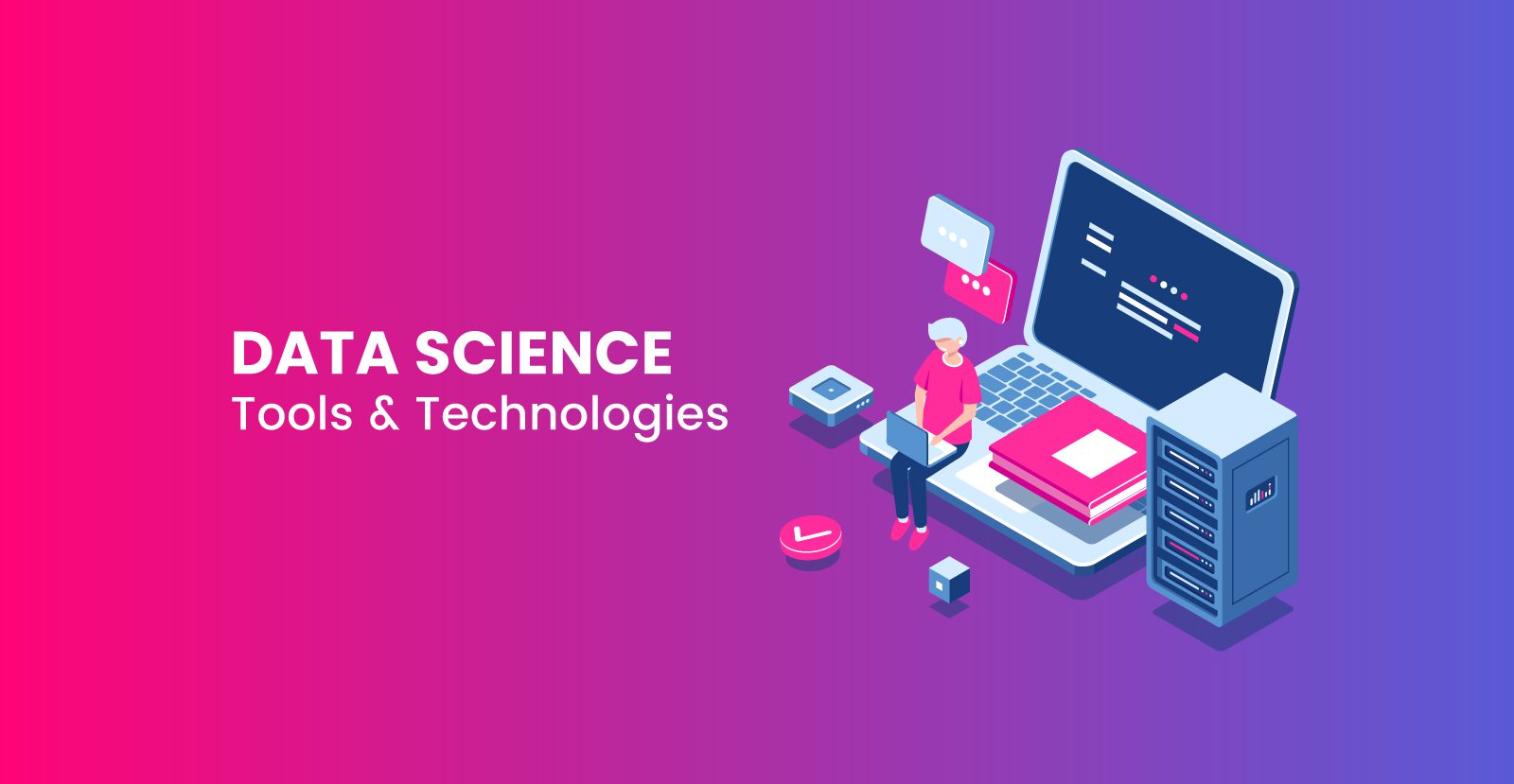Welcome to the captivating realm of data science, where data-driven insights unlock the doors to endless possibilities! In this compelling blog post, we embark on an exhilarating journey through the vast universe of data science tools and technologies. As the expert content writers and SEO managers at edujournal.com, we are thrilled to present you with a comprehensive overview of the tools that empower data scientists to transform raw data into invaluable knowledge.
Data science, a rapidly growing field, has evolved into a powerhouse, fueled by an exponential increase in global data generation. Before we delve into the exciting details of the tools and technologies, let’s take a moment to grasp the sheer magnitude of data’s impact on our world. With such an overwhelming volume of information at our fingertips, it’s essential to have the right tools and techniques to harness its potential fully.
So, fasten your seatbelts as we journey through the various stages of data science, starting from data collection and storage, through the intricacies of data cleaning and preprocessing, to the powerful realms of machine learning, artificial intelligence, and big data processing. Along the way, we’ll encounter fascinating statistics and facts that highlight the significance of each tool in the data scientist’s arsenal.
Join us on this enlightening expedition, as we demystify the data science landscape and unravel the secrets behind extracting profound insights from raw data. Let’s dive in and explore the exciting world of data science tools and technologies together!
- The Rise of Data Science
Before we dive into the tools and technologies, let’s take a moment to appreciate the astounding growth of data science. According to a recent study, the amount of data generated worldwide is predicted to reach a staggering 175 zettabytes by 2025. Yes, you read that right – zettabytes! This exponential data growth calls for sophisticated tools to manage, analyze, and derive meaningful conclusions from this data deluge.
- Data Collection and Storage
The data science journey begins with data collection and storage. Numerous tools cater to this stage, ranging from traditional databases to modern cloud-based solutions. Relational databases, like MySQL and PostgreSQL, have been around for years, while NoSQL databases like MongoDB and Cassandra offer flexible storage options.
Recently, cloud-based storage and processing platforms, such as Amazon Web Services (AWS) and Google Cloud Platform (GCP), have gained immense popularity due to their scalability and cost-effectiveness. In fact, a survey shows that over 87% of organizations are leveraging the cloud for data storage.
- Data Cleaning and Preprocessing
Imagine working with dirty, inconsistent data – a data scientist’s nightmare! But fear not, for data cleaning and preprocessing tools come to the rescue. Python libraries like Pandas and NumPy are often used to clean, reshape, and transform data efficiently.
Interestingly, automated data preprocessing tools like Trifacta and DataRobot have witnessed a 74% increase in adoption, according to a recent industry report. These tools have undoubtedly accelerated the data preparation process.
- Exploratory Data Analysis (EDA)
Exploring data visually can reveal hidden patterns and trends. EDA tools like Tableau and Power BI allow data scientists to create stunning visualizations without getting lost in complex coding.
In fact, a study found that organizations with effective data visualization strategies are 82% more likely to achieve revenue growth. Visualizing data is not only exciting but also a critical step in understanding the story behind the numbers.
- Machine Learning and AI
Now, let’s dive into the heart of data science – machine learning and artificial intelligence. These technologies have revolutionized the way we analyze data and make predictions.
Python, being a prominent language for data science, boasts a vast array of libraries like Scikit-learn and TensorFlow. These libraries have witnessed a remarkable 350% growth in developer usage over the past two years, making Python a favorite among data scientists.
- Big Data and Distributed Computing
As data grows exponentially, traditional computing methods struggle to keep up. This has led to the rise of big data technologies like Apache Hadoop and Apache Spark, which allow distributed processing of vast datasets.
Interestingly, a survey indicated that companies leveraging big data technologies witnessed an average revenue growth of 35%. Clearly, big data and distributed computing have become essential ingredients for business success.
- Natural Language Processing (NLP)
With the abundance of unstructured text data, natural language processing has become crucial. NLP tools like NLTK (Natural Language Toolkit) and spaCy have proven to be invaluable for sentiment analysis, chatbots, and text summarization.
A recent report revealed that NLP adoption has increased by a staggering 450% in the last three years, indicating its growing importance in various industries.
Conclusion
And there you have it – a whirlwind tour of the exciting world of data science tools and technologies. From data collection to the power of machine learning and the magic of NLP, the landscape is constantly evolving. Embracing these tools and technologies empowers data scientists to unearth valuable insights from the ever-expanding sea of data.
So, whether you’re a seasoned data scientist or just beginning your data journey, remember to stay curious, experiment with these tools, and keep exploring the ever-expanding frontiers of data science. Happy analyzing!



Please enter input field